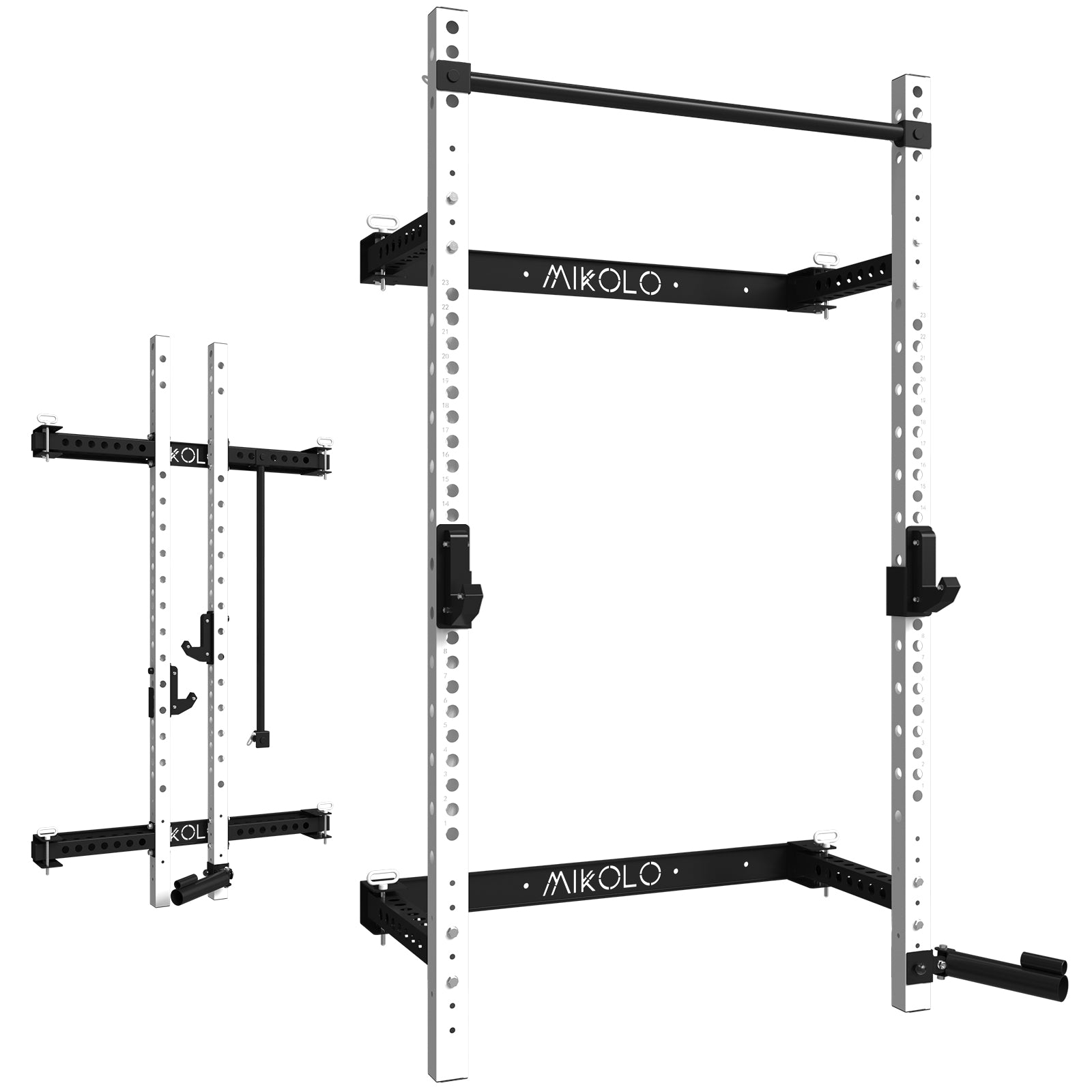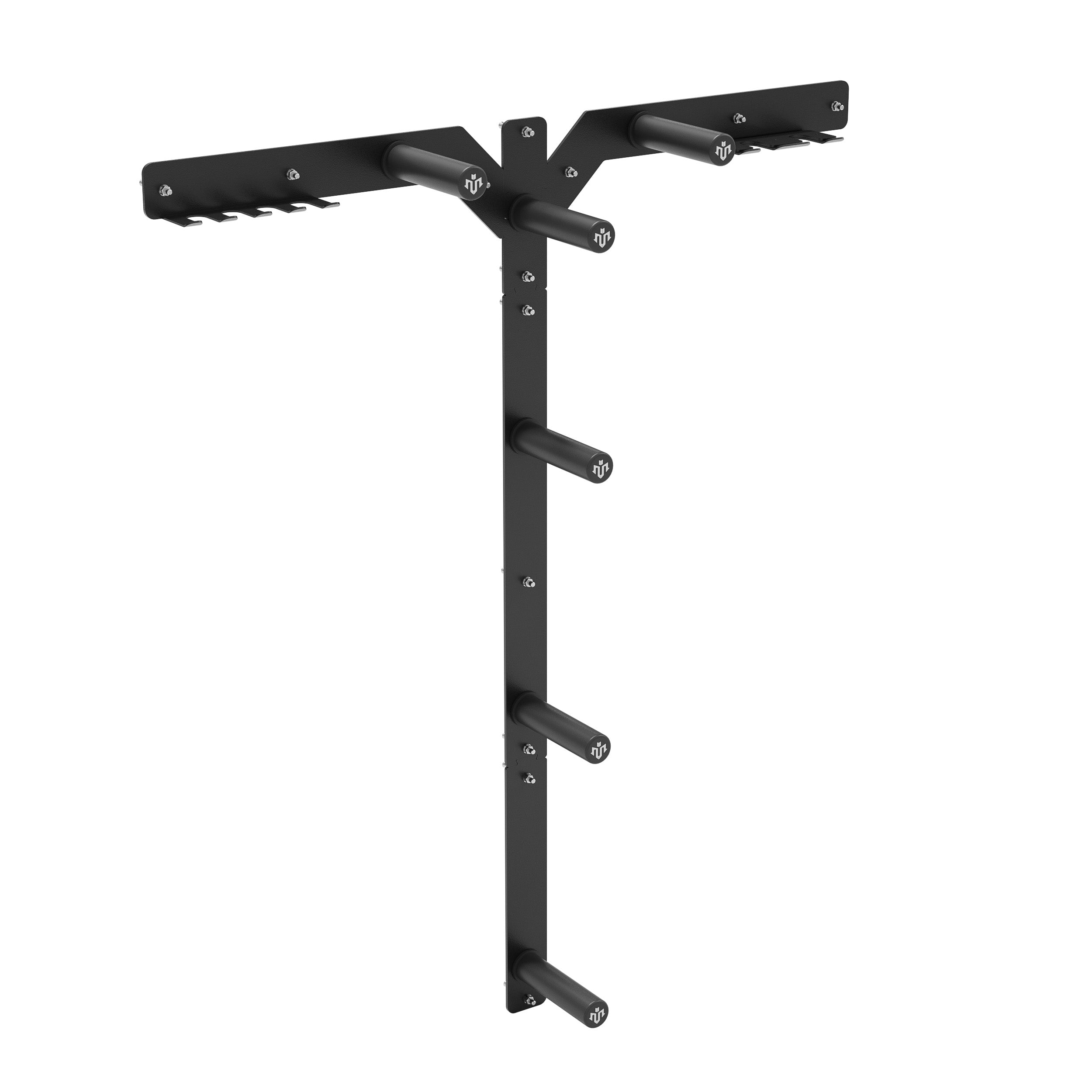Creating your own homemade gym bench can be a smart, satisfying, and cost-effective alternative to buying commercial workout equipment. Whether you're short on space, watching your budget, or just enjoy building things with your hands, a DIY weight bench can give you everything you need for serious strength training at home.
Why Build Your Own Workout Bench?
A DIY workout bench offers full customization based on your training style, body size, and available space. Many commercial benches come with features you may not need or a price tag that doesn’t fit your budget. When you build your own bench press station at home, you can create a solution tailored to your fitness goals.
Tools and Materials You’ll Need
Most homemade bench press setups are made from wood, which is affordable, sturdy, and easy to work with. Here’s what you’ll typically need:
-
2x4 and 2x6 lumber (for the bench frame and legs)
-
¾” plywood (for the top support)
-
Foam padding (high-density for comfort)
-
Durable vinyl or leather fabric (for covering the pad)
-
Screws, bolts, and wood glue
-
Saw, drill, measuring tape, and staple gun
If you’re designing a DIY flat bench, you can keep it simple and functional. For those looking to build a more complex system, diy weight bench plans with incline/decline options or built-in barbell supports are available online or can be adapted to your own needs.
Key Measurements and Dimensions
To ensure safety and functionality, follow standard diy weight bench dimensions:
-
Length: Around 45–50 inches
-
Width: 10–12 inches (enough to support your back but not restrict movement)
-
Height: 16–18 inches (ideal for flat bench press mechanics)
These dimensions closely mirror those found in commercial exercise benches, ensuring your homemade version feels familiar and effective during lifts.
Step-by-Step: How to Build Your Weight Bench
-
Cut the Wood
Measure and cut your frame pieces: legs, supports, and top platform. -
Assemble the Frame
Build a sturdy rectangular base using wood screws and glue. Reinforce with cross-supports for stability. -
Attach the Top
Screw the plywood top onto the frame. Double-check for evenness and strength. -
Add Padding
Layer your foam on top, then wrap it with your chosen fabric. Stretch and staple the fabric neatly underneath. -
Finishing Touches
Sand down edges, check stability, and optionally paint or seal the wood for a polished look.
You’ve now created a fully functional homemade exercise bench—perfect for dumbbell work, bodyweight movements, and even bench press exercises if paired with a rack.
Variations and Advanced Builds
-
Incline/Decline Adjustment: Add hinges and support brackets to adjust the angle.
-
Wooden Bench Press Rack: Construct a DIY wood bench press setup with uprights to hold your barbell.
-
Makeshift Workout Bench: In a pinch, even stacked crates or firm padded boxes can serve as a temporary solution.
Safety Tips
Always check the stability of your homemade workout bench before using it. Never overload it beyond what the frame and fasteners can handle. Use non-slip feet or place the bench on a rubber mat to avoid sliding.
Final Thoughts
Whether you're building a wooden DIY bench press, a makeshift weight bench, or a sleek foldable model with diy workout bench plans, your bench should match your training style and available space. Building your own equipment adds personal pride to your training—and ensures your gym evolves as you do.










































Leave a comment
This site is protected by hCaptcha and the hCaptcha Privacy Policy and Terms of Service apply.